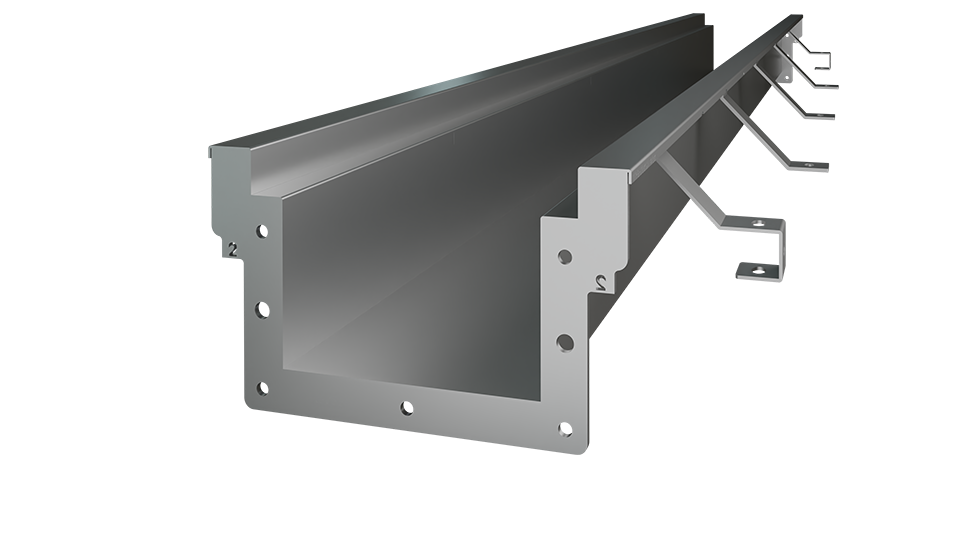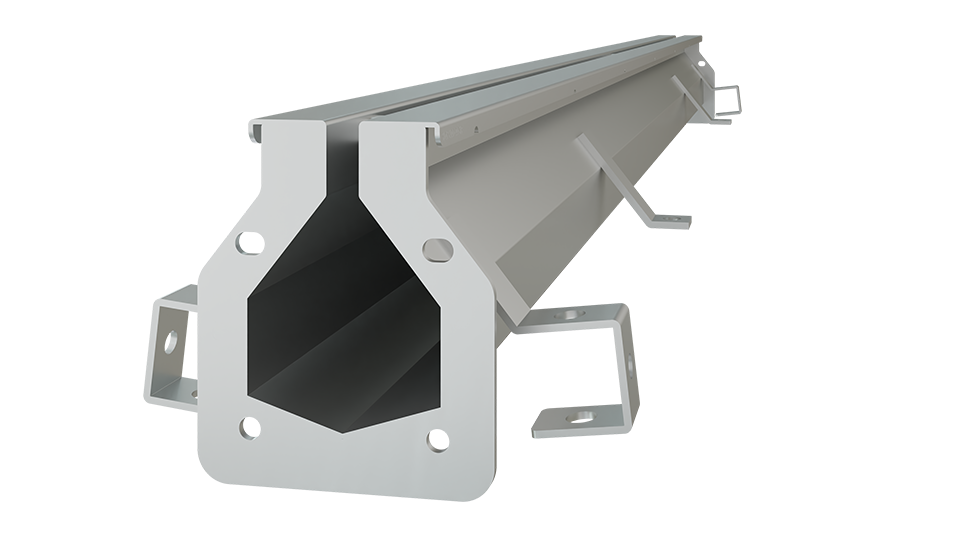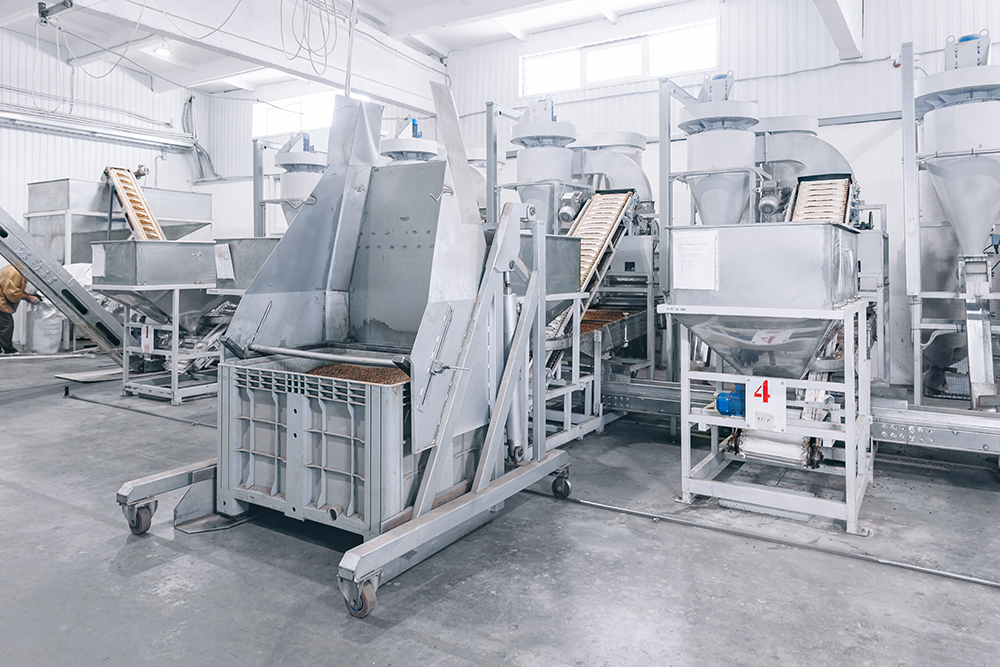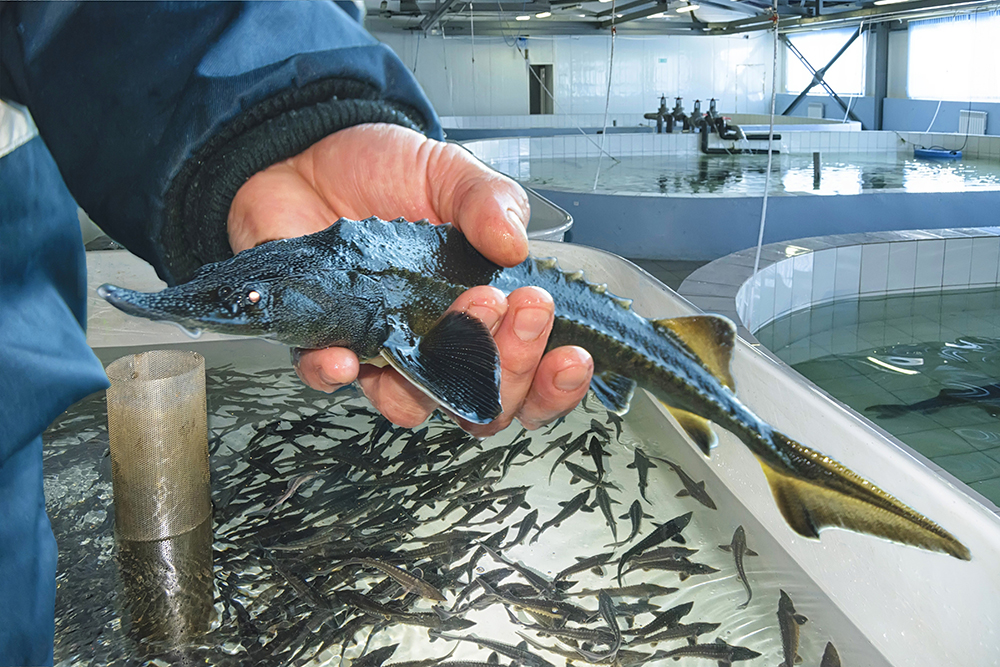Food safety is nothing to dismiss; it can mean the difference between having a successful business or being shut down. A large part of food safety is maintaining a clean, sanitary establishment and good cleaning practices. The government has a published Food Code, which helps to outline good cleaning practices and other important food safety concerns owners and managers of food-serving establishments should follow. Here is what you should know about it, including who produces the Food Code and what it means for health inspections in food establishments.
What is the Food Code?
The Food Code is a document that serves as a model for best practices regarding food safety. It is published by the government and focuses on the safety and protection of food products offered in retail locations and other food establishments. Between 1993 and 2001, the agency which publishes the Food Code updated it every two years, which has since changed to every four years. Between updates, Food Code Supplements are published, that provide updates, modifications, or clarifications of particular provisions. It provides over 3,000 local, state, tribal, and federal food control agencies with food safety information that is scientifically sound and that follows national food regulatory policies.
Despite the Food Code being created by a governmental agency, it is not Federal Law. It is up to the involved agencies to either adopt or adjust the Code to meet their needs.
The Food Code is Created by Which Government Agency?
The Food Code is developed by the Food and Drug Administration (FDA) based on the recommendations from the Conference for Food Protection (CFP). The CFP is a group of industry professionals, including inspectors, educators, scientists, manufacturers, food service managers, and more, that meets every two years. The group discusses various food safety issues and offers recommendations to the FDA on changes that can be made to the Federal Code to address the issues.
What is the Primary Reason Why a Food Establishment Should Develop a Food Defense Plan?
A food defense plan is a strategy developed by food establishments to protect themselves from the internal contamination or adulteration of their products with the intent to cause harm to public health or create an economic disruption. Defense plans have many components, from vulnerability assessment to employee training, and each establishment must tailor plans to fit their specific needs.
The importance of these safety plans as a means of protecting food establishments from potential instances of intentional contamination is emphasized in the FDA Food Code. Implementing the FDA Food Code recommendations and creating a personalized food defense plan is also essential to passing health inspections, which look for potential hazards within food establishments.
Why Are Health Inspections Important?
The purpose and importance of health inspections is to ensure food establishments are using good food safety practices. Health inspections help identify any bad cleaning practices and other food safety concerns that can lead to an unsafe, contaminated environment and product.
What Are the Consequences of Bad Cleaning Practices?
Bad cleaning practices in food establishments come with severe consequences. Some of these consequences include:
Foodborne Illness Outbreaks
The most significant consequence of bad cleaning and sanitation practices is that harmful bacteria, pathogens, and viruses can take root, grow, and spread contamination. This can lead to numerous foodborne illnesses from Salmonella to Norovirus, which can lead to hospitalizations or even fatalities.
Health Inspection Violations
Good cleaning practices are mandatory for food establishments. If an inspection identifies infractions to food safety, they will issue violations to the establishment, which can lead to temporary or permanent closure and other consequences.
Damaged Reputation
Consumers trust establishments to provide safe food and have an establishment free from contamination. When things like foodborne illnesses and health code violations emerge, the public can lose trust in the business. A loss of trust damages the business's reputation and can lead to a significant loss of revenue.
Legal Issues
Foodborne illness outbreaks can lead to lawsuits, and lead to the business paying damages and legal fees.
Financial Issues
All of the consequences above come with some form of financial burden, which can affect a business's ability to earn revenue and stay open. Other financial burdens of poor cleaning practices include high insurance costs and rent during closures.
How Do Bad Cleaning Practices Affect Consumers?
Bad cleaning practices affect consumers in many ways. Foodborne illnesses, cross-contamination, allergic reactions, and food quality are all possible effects of bad cleaning practices. Problems like foodborne illnesses, cross-contamination, and allergic reactions are issues that can have serious, even potentially fatal, effects on consumers.
These issues, even if minor, will impact consumers' trust in an establishment and make them wary. More extreme instances, especially when foodborne illnesses and allergens are involved, can also lead to a lawsuit.
Ensuring Good Cleaning Practices with Drainage
Drainage is among the many food safety concerns addressed in the FDA Food Code. Having adequate drainage in a food establishment is essential to maintaining a clean, sanitary facility and avoiding standing water, which can lead to bacteria growth and pest infestations.
FoodSafe Drains is a company that focuses on drainage solutions for the food industry that offers a variety of options that are NSF/ANSI/3-A-certified and constructed using T304 and T316 stainless steel. Their systems are also all heavy-duty, forklift rated, making them safe for anywhere from food establishments to processing facilities.
One system they offer is the FoodSafe Trench Drain, which is ideal for moving large amounts of water. The wide channel of the FoodSafe Trench Drain is protected by a durable, 1-inch thick grate cover and a tamper-proof magnetic strainer underneath to help prevent debris from entering the system.
The FoodSafe Area and Hub Drains are small systems ideal for smaller areas, like bathrooms, walk-in refrigerators, and freezers. Like the Trench Drain, it has a grate cover and a tamper-proof strainer basket.
The FoodSafe Catch Basin is compatible with various company systems and helps keep debris from clogging the drainage channels. It has a 1/2-inch thick grate cover and a tamper-proof strainer basket to help catch the debris.
The final main category of systems the company offers is the Slot drain, a modernized take on a trench drain. The Slot Drain has a slim channel opening that can easily blend in with grout lines and become virtually invisible while offering flow rates of up to 27 gallons per minute per foot of drain.
All of these systems are great options for food establishments and comply with government requirements and the FDA Food Code, with clean-in-place technology available for the larger FoodSafe Trench Drain and Slot Drain, for automated cleaning.
Following the FDA Food Code Methods
The government takes food safety very seriously for facilities and establishments that sell food. Some things are requirements, while others, like the FDA Food Code, are recommendations to ensure the safety of a food establishment. It is vital to take these things seriously to ensure your establishment is safe and prevent serious health risks. This includes installing adequate drainage on the premises.
Contact the team at FoodSafe Drains today to learn more about all the systems they offer and what option is best for your establishment!




